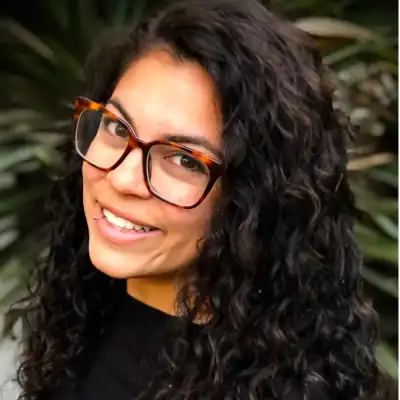Teaching Babies to Chew

Babies don't need to learn how to swallow. But they do need to learn how to chew.
Babies are born with the ability to swallow. In fact, swallowing is a brainstem reflex present in utero. Some struggle with the oral motor skills to latch at the breast or feed from a bottle, but most are born with the ability to swallow. Chewing, however, is a motor pattern a baby must learn.
Just starting solids? Solid Starts Compass℠ is our guided app experience to help you navigate first bites and beyond.
Chewing is a reflex
Fact: It’s actually tricky for babies to move purée around in the mouth. This is because purées do not trigger the reflexes to move the tongue. To swallow purée, baby needs to rely on a sucking pattern. But without a nipple to push their tongue against, it’s hard. To compensate, babies often suck on a spoon. This sucking moves the purée back and the swallow is triggered.
With solid food, we need to bite the food, move it to the side to chew, move it back to the center of the tongue, and then backwards to swallow. Thankfully, babies are born with reflexes for this: the phasic bite reflex + tongue lateralization reflex. Ever stick a finger on baby’s gums and feel them bite? That’s the phasic bite reflex. The tongue lateralization reflex moves the tongue to the side when the edge of the tongue is touched.
Importantly, these reflexes start to fade around 9 months of age. Which means the most strategic time to learn how to chew is from 6 to 8 months of age.
To learn to chew, a baby needs chewable food that they can easily manipulate with their hands and mouth. This is why we love long, resistive foods: mango pit, chicken drumstick, corn cob, spare rib, etc. These foods trigger both reflexes beautifully. Do we expect much consumption? No. The point is practice. You can find examples and more on the benefits of these resistive foods here.
Commercial baby food marketing of the last 100 years set parents up to believe that all babies must start with purees and gradually move from one stage of thickness to another to learn how to chew. This is not true.
By
Expert Tips Delivered to Your Inbox
Sign up for weekly tips, recipes and more!
The content offered on SolidStarts.com is for informational purposes only. Solidstarts is not engaged in rendering professional advice, whether medical or otherwise, to individual users or their children or families. No content on this site, regardless of date, should ever be used as a substitute for direct medical advice from your doctor or your medical or health professional, nutritionist, or expert in pediatric feeding and eating. By accessing the content on SolidStarts.com, you acknowledge and agree that you are accepting the responsibility for your child’s health and well-being. In return for providing you with an array of content “baby-led weaning” information, you waive any claims that you or your child may have as a result of utilizing the content on SolidStarts.com.




